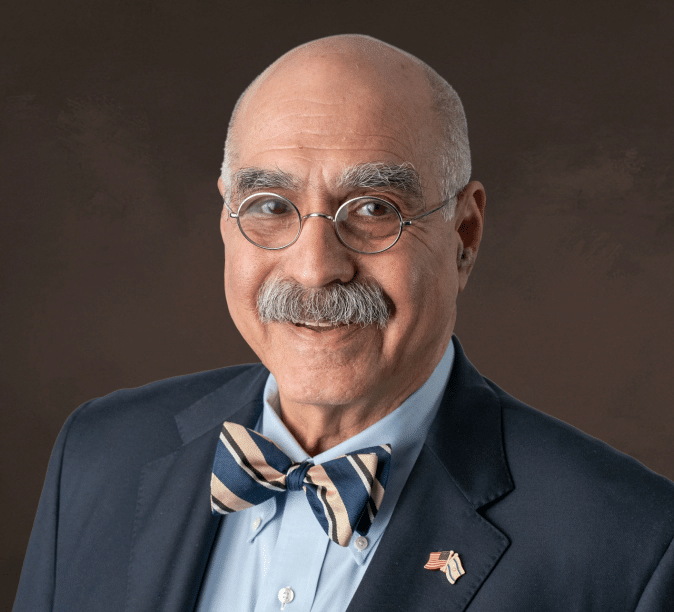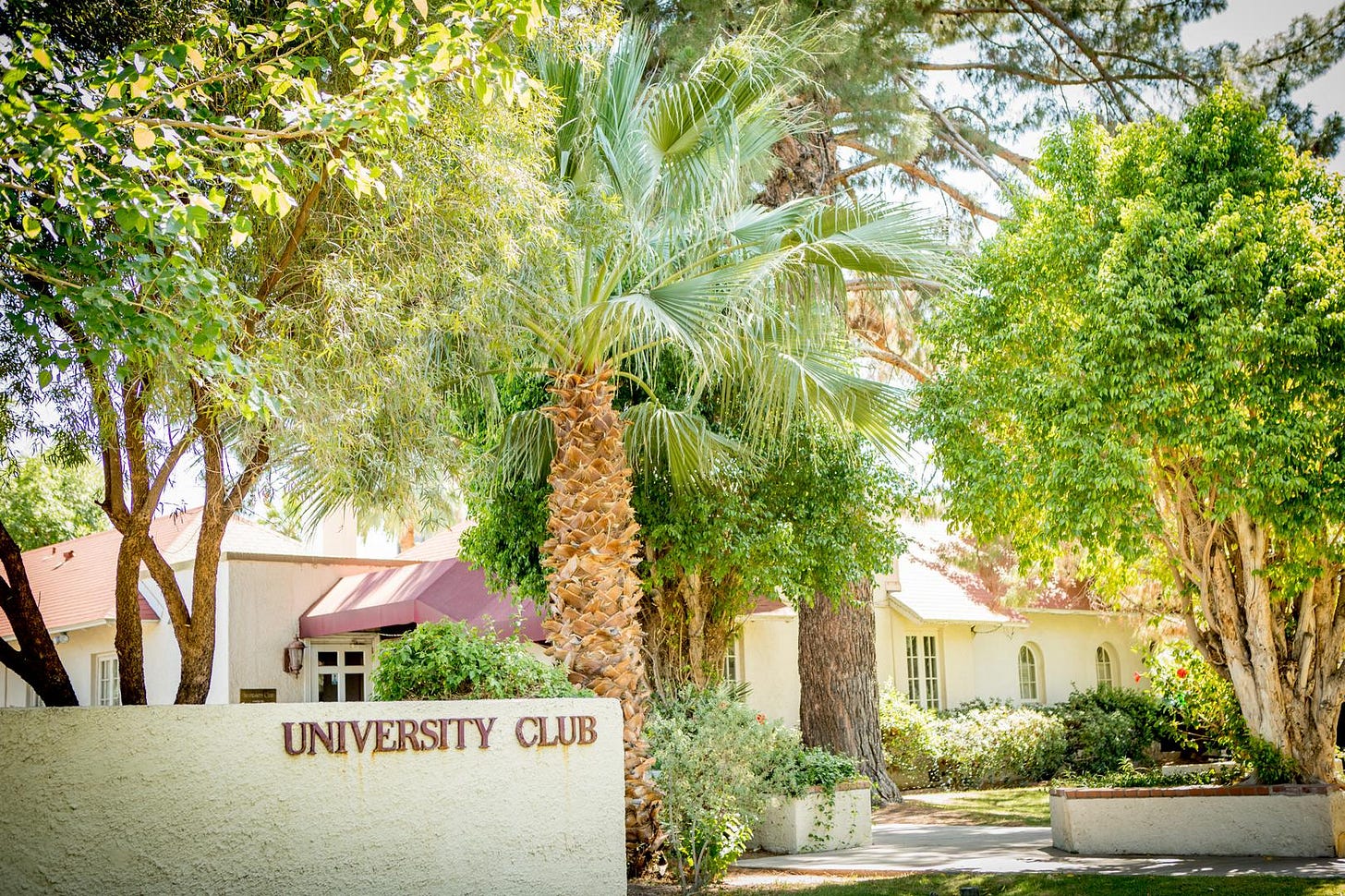Phoenix: The City Without A City Club
With the University Club’s closure, Phoenix loses its last dining club
Nearly four months ago, the University Club of Phoenix closed its doors after being in operation for the past 60 years. This closure marks an end to an era for dining clubs in the Desert Metropolis.
“The University Club tried its absolute best to grow its membership, but we couldn’t gain much traction especially with younger people,” Barry Aarons, the Club’s former president told Clubland USA. “The best choice going forward for us was to stop the financial bleeding and close our doors for good.”

The club’s last day of operation was June 30, 2025. Phoenix Country Club has extended social memberships to former University Club members to ensure that relationships can continue in a physical space. Past members of the Club came together and raised $12,000 for the staff of the Club impacted shortly before a holiday weekend.
Upon its opening in 1965, the University Club of Phoenix quickly became a hub of the state’s political activity including as a prominent venue for fundraisers. Elected officials, including former governors, and a steady stream of high profile lobbyists and attorneys were highly represented among the Club’s membership.
Aarons, a lobbyist, had always been enamored with clubs since his childhood in New York joining his father for the occasional lunch at the Harvard Club. He was proposed for membership in 1975 by a young, prominent attorney who saw his political potential. “You’re building yourself a kind of public policy presence,” the attorney told Aarons. “You really need to be a member of the club, and I think you should join the University Club.”
The Club later proved useful to Aarons’ political efforts twice. The first, in 2000, when visiting New York days after the Republican National Convention, which had been held in Philadelphia. Aarons was able to arrange a lunch at one of the University Club’s reciprocal clubs, Women’s National Republican Club, on rather short notice. The second being that he was able to frequent a favorite among the Club’s Washington, D.C. reciprocals, the Capitol Hill Club.
At the University Club of Phoenix, delicious food was a must-have that anchored many of the Club’s events including Father’s Day and Mother’s Day brunches and a sumptuous Christmas party.
“Our events were always a highlight for members and for a long time, it was as a guest at a University Club event that someone would decide to join the club,” Aarons said. “But as time went on, our events attendance began to dwindle.”
As Phoenix’s economy became more driven by high-tech and healthcare, the Club struggled to attract membership that appreciated the perks and benefits of a Club membership.
After the 2008 recession, the University Club’s share of corporate memberships plummeted as companies sought easier ways to slash costs. “This should have been the first sign that bigger issues were coming ahead,” Aarons said.
Aarons shared that as the University Club approached large corporations headquartered in the Phoenix area, many could not find the necessary five to ten employees interested in taking advantage of the membership.
Subsequent years for the University Club saw smaller numbers of applications than resignations and, unfortunately, an aging membership that slowly began dying.
During the Covid-19 pandemic, the University Club was able to survive with PPP loans and financial support from the Maricopa County government. “Many people, including some of our members, believed that Covid would be the thing that took us out,” Aarons said.
Clubs similar in structure to the University Club also began to fight, and unfortunately, lost a similar battle. The most notable was the Arizona Club, another hotspot for the state’s political class, which opened in the 1980s and was situated on the 37th floor of the tallest building in the entire state. The Club was forced to close its doors in 2009 due to a shrinking membership.
The Cloud Club, which closed shortly after the Arizona Club, faced a similar fate.
Asked what would be necessary to bring a city club scene back to Arizona, Aarons says that he remains skeptical that younger people will even want to join a Club.
“Many people in the Phoenix area, especially younger people between the ages of 25 to 40, are chasing what’s new and exciting which means there isn’t as much institutional loyalty. They don’t like some of the structure of clubs, such as paying your dues and for your food and beverage costs,” Aarons said. “They’re going to want to go somewhere new and exciting and, as a result, they will cancel their memberships as soon as that shows up. It’s just not a sustainable model.”

